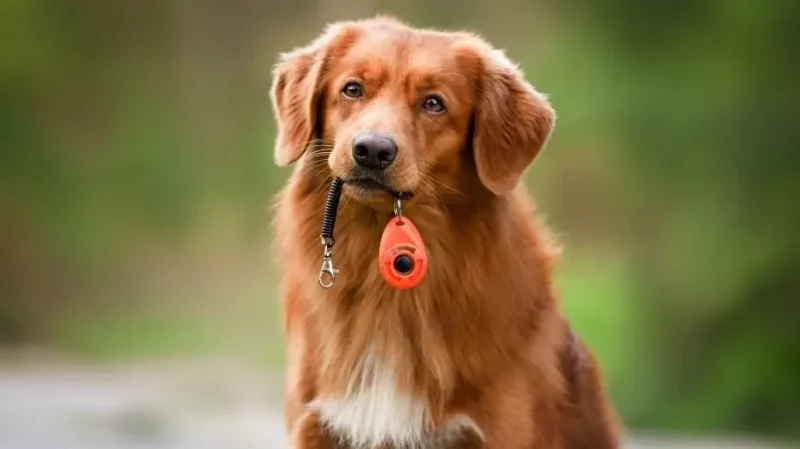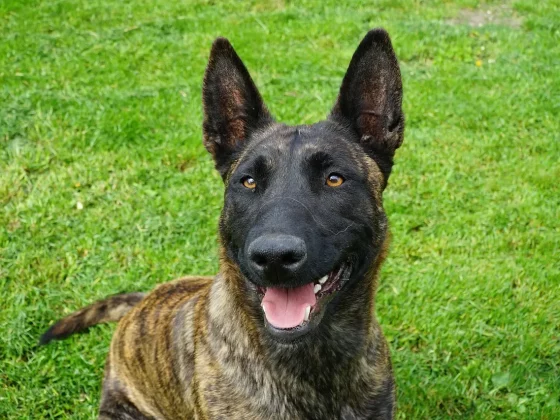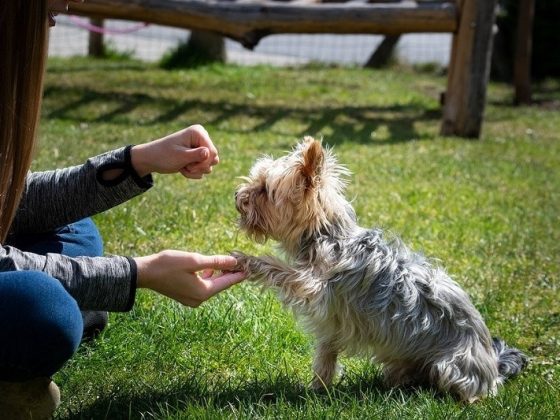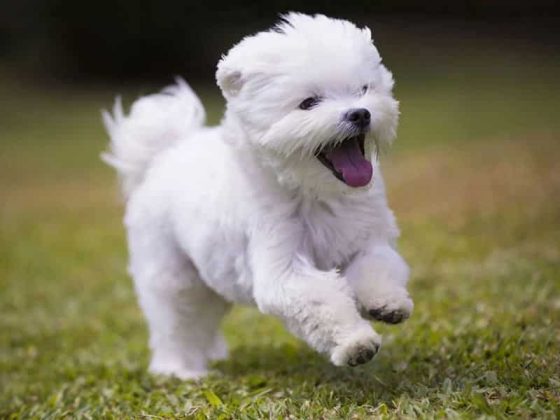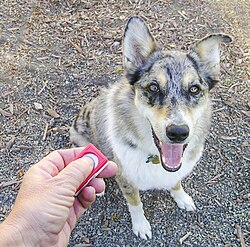Clicker training is a subset of positive reinforcement training, providing a method of precise communication between you and your dog. It’s an advanced training technique that typically yields positive responses.
The purpose of clicker training is to signal to your dog the precise moment they’ve performed a desirable action, indicating that a reward is forthcoming. A clicker is a small plastic device that produces a distinct clicking sound when pressed.
Introducing Your Dog to the Clicker
Your dog needs to understand what the clicker signifies. This involves repeatedly using the clicker over several days until your dog becomes accustomed to the sound. Keep a handful of bite-sized treats ready during this phase.
Reward your dog each time the clicker is used. Repeat this action multiple times, varying the timing of the reward so your dog doesn’t anticipate a reward at a specific time. If your dog becomes too focused on the treats, wait until they calm down.
Observing Your Dog’s Behavior
Some dogs may react negatively to the sound of the clicker, indicating its volume is too high. If this occurs, you can muffle the sound by wrapping a cloth around the clicker.
Using a Clicker in Training
Timing
Precise timing is crucial in clicker training. Click the clicker immediately when your dog performs the desired action. For instance, if you’re training your dog to sit, closely monitor their behavior and reward them the moment their hindquarters touch the ground. Instant reward and perfect timing are keys to successful clicker training.
Rewards
The rewards should be treats or food that your dog particularly enjoys, keeping them engaged during training. Ideally, these treats should be soft and easy for your dog to chew and swallow.
Shaping
Shaping is a critical aspect of clicker training. It’s a method of teaching behavior by example. When you and your dog train together, your dog learns from you and imitates your behavior.
Tips for Successful Clicker Training
– Immediately reward your dog after they perform the desired action.
– Keep clicker training sessions short and straightforward.
– Maintain consistency in training.
– Be precise with the timing of rewards.
– Understand your dog’s body language properly.


